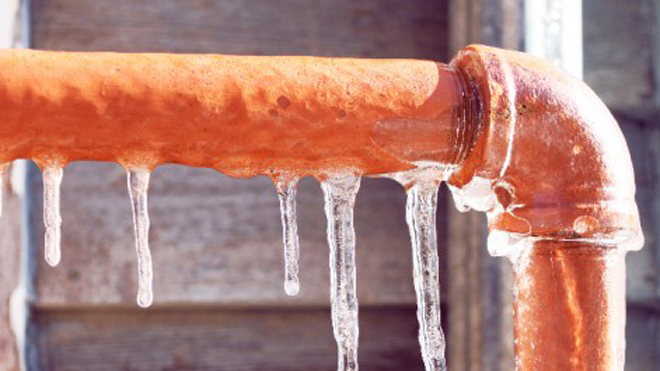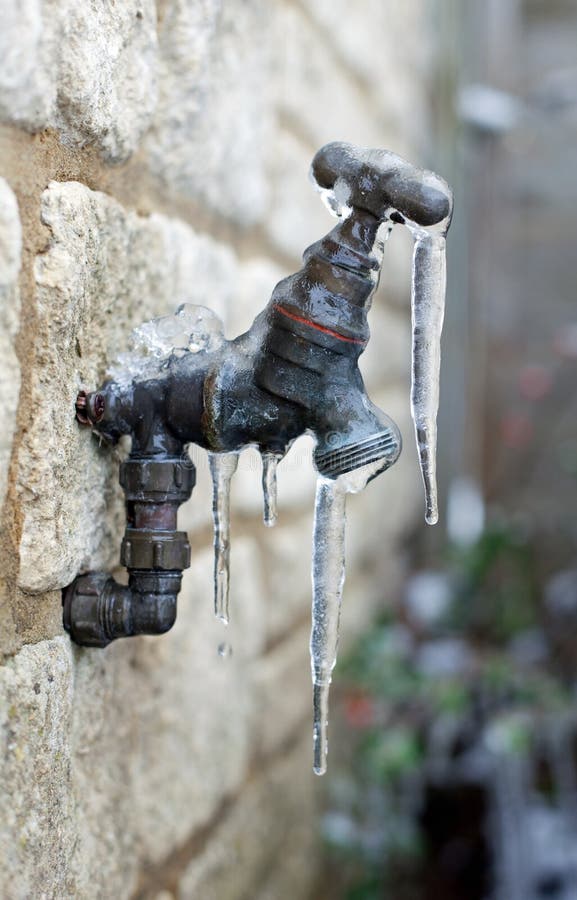Protecting Against Frozen Pipes: Best Tips for Cold Weather
Protecting Against Frozen Pipes: Best Tips for Cold Weather
Blog Article
The article below on the subject of Helpful Tips to Prevent Frozen Pipes this Winter is indeed enlightening. Have a go and make your own findings.

Winter can damage your pipes, especially by freezing pipelines. Here's exactly how to prevent it from occurring and what to do if it does.
Introduction
As temperatures decline, the threat of icy pipes boosts, possibly leading to costly repairs and water damages. Recognizing just how to stop icy pipes is vital for home owners in chilly climates.
Understanding Frozen Pipes
What causes pipes to freeze?
Pipelines freeze when exposed to temperature levels below 32 ° F (0 ° C) for expanded periods. As water inside the pipes ices up, it expands, taxing the pipe wall surfaces and potentially creating them to rupture.
Threats and damages
Frozen pipes can cause supply of water interruptions, residential or commercial property damage, and costly repairs. Burst pipes can flood homes and cause comprehensive architectural damages.
Indications of Frozen Pipes
Identifying icy pipes early can prevent them from breaking.
Just how to determine frozen pipes
Look for lowered water flow from faucets, unusual odors or noises from pipelines, and noticeable frost on exposed pipelines.
Avoidance Tips
Insulating vulnerable pipelines
Wrap pipelines in insulation sleeves or use heat tape to secure them from freezing temperatures. Focus on pipelines in unheated or external areas of the home.
Home heating strategies
Keep interior areas adequately warmed, specifically areas with plumbing. Open up cabinet doors to enable cozy air to flow around pipes under sinks.
Securing Outdoor Plumbing
Yard hose pipes and exterior taps
Disconnect and drain garden pipes prior to winter months. Install frost-proof faucets or cover exterior taps with protected caps.
What to Do If Your Pipelines Freeze
Immediate activities to take
If you presume icy pipelines, maintain faucets available to eliminate stress as the ice thaws. Use a hairdryer or towels soaked in hot water to thaw pipelines gradually.
Long-Term Solutions
Structural modifications
Consider rerouting pipelines far from exterior walls or unheated areas. Include additional insulation to attics, cellars, and crawl spaces.
Updating insulation
Purchase high-grade insulation for pipelines, attics, and walls. Appropriate insulation aids maintain regular temperature levels and lowers the risk of frozen pipes.
Verdict
Avoiding icy pipes requires aggressive procedures and fast actions. By understanding the reasons, indicators, and preventive measures, property owners can secure their plumbing throughout cold weather.
5 Ways to Prevent Frozen Pipes
Drain Outdoor Faucets and Disconnect Hoses
First, close the shut-off valve that controls the flow of water in the pipe to your outdoor faucet. Then, head outside to disconnect and drain your hose and open the outdoor faucet to allow the water to completely drain out of the line. Turn off the faucet when done. Finally, head back to the shut-off valve and drain the remaining water inside the pipe into a bucket or container. Additionally, if you have a home irrigation system, you should consider hiring an expert to clear the system of water each year.
Insulate Pipes
One of the best and most cost-effective methods for preventing frozen water pipes is to wrap your pipes with insulation. This is especially important for areas in your home that aren’t exposed to heat, such as an attic. We suggest using foam sleeves, which can typically be found at your local hardware store.
Keep Heat Running at 65
Your pipes are located inside your walls, and the temperature there is much colder than the rest of the house. To prevent your pipes from freezing, The Insurance Information Institute suggests that you keep your home heated to at least 65 degrees, even when traveling. You may want to invest in smart devices that can keep an eye on the temperature in your home while you’re away.
Leave Water Dripping
Moving water — even a small trickle — can prevent ice from forming inside your pipes. When freezing temps are imminent, start a drip of water from all faucets that serve exposed pipes. Leaving a few faucets running will also help relieve pressure inside the pipes and help prevent a rupture if the water inside freezes.
Open Cupboard Doors
Warm your kitchen and bathroom pipes by opening cupboards and vanities. You should also leave your interior doors ajar to help warm air circulate evenly throughout your home.

Do you enjoy reading up on Helpful Tips to Prevent Frozen Pipes this Winter? Post a review directly below. We will be pleased to listen to your reactions about this content. Hoping that you visit us again in the near future. If you enjoyed our blog entry kindly make sure you remember to share it. I enjoy your readership.
View More Report this page